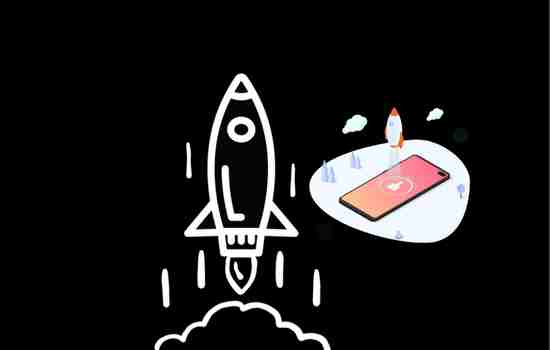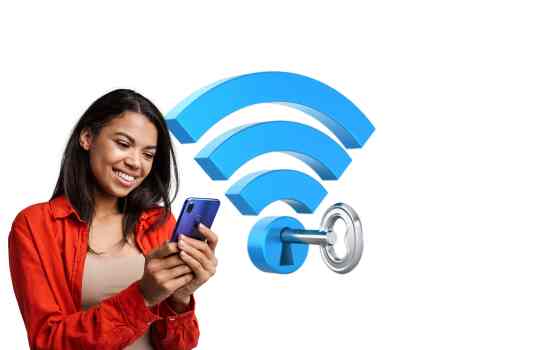Advertisements
Technology has advanced by leaps and bounds, providing us with tools that make it easier to take care of our health.
One of these tools is the use of mobile applications designed to measure glucose, a vital necessity for those who face the daily challenge of managing their blood sugar levels.
Advertisements
read also
Protect your Smartphone with Style and Performance!
Vadvantages for comfort and personalized control:
The rise of these apps lies in their ability to simplify the process of monitoring glucose.
Users can now track their blood sugar levels more accurately and in real time, giving them greater control over their health.
The easy-to-use interface of these digital tools makes it easy to monitor constantly without the need for bulky or complicated equipment.
Compatibility with measuring devices:
These apps are typically compatible with a variety of glucose monitoring devices, from traditional glucometers to more advanced devices with Bluetooth connectivity.
This means users have the flexibility to choose the device that best suits their needs while still enjoying the convenience of digital integration.
Historical data and long-term trends:
One of the most valuable features of these applications is their ability to store and present data over time.
Users can access a detailed history of their glucose levels, which not only makes it easier to track long-term trends, but also helps them monitor their blood glucose levels.
But it also provides valuable information for adjusting lifestyle habits and treatments in consultation with healthcare professionals.
Intuitive analysis and graphing tools:
These applications typically offer analysis tools that convert data into intuitive, easy-to-interpret graphics.
This allows users to identify patterns, triggers, and specific situations that may affect their glucose levels.
Access to this information can be critical for making adjustments to diet, exercise, and medication.
Direct communication with health professionals:
Another notable advantage is the ability to easily share collected data with healthcare professionals.
By facilitating this direct communication, these applications improve the quality of medical care by allowing physicians to adjust treatment plans more accurately and in a timely manner.
Trend and Pattern Analysis:
In addition to the basic function of recording glucose levels, these apps go further by analyzing trends and patterns over time.
By continuously collecting data, the app can identify fluctuations and provide valuable insights into how certain foods, activities, or times of day affect glucose levels.
Testing and Medication Reminders:
One of the key features is the ability to set reminders for glucose testing and medication.
This is essential for those who need to follow a strict regimen.
The app will send personalized notifications, ensuring the user doesn't forget crucial steps to keep their health under control.
Customizing Goals and Alerts:
These apps allow users to set personalized goals based on their health and lifestyle needs.
Whether it's targeting a specific blood glucose level or maintaining an exercise routine, the app provides alerts and tracking to motivate and guide users toward achieving their goals.
Compatibility with Other Health Devices:
For a holistic view of health, many of these apps are compatible with other monitoring devices, such as those that measure blood pressure or physical activity levels.
The collected information is integrated to provide a comprehensive view of the user's health, which can be especially beneficial for older adults looking to manage multiple aspects of their well-being.
Connection with Health Professionals:
Some apps allow you to share data directly with healthcare professionals, facilitating communication and adjusting treatments.
This feature is critical to ensuring that the user receives appropriate guidance and can adapt their glucose management approach based on their evolving health.
Personalized Alerts and Reminders:
In addition to integration with measuring devices, these apps often offer the ability to set custom alerts and reminders.
This is especially useful for older users, as it helps them remember to take measurements at specific times of the day.
Take medication or other actions necessary to keep your glucose levels under control.
Synchronization with Health Devices:
Many of these apps are designed to sync with other health devices, such as smartwatches or fitness trackers.
This synchronization allows continuous monitoring of glucose levels without the need to constantly access the phone.
Information is updated automatically, providing a more complete view of overall health.
Real-Time Data Analysis:
One of the most notable features is the ability to perform real-time analysis.
After each measurement, the app not only records the result but can also offer instant analysis.
Providing immediate information on how certain foods, activities, or situations affect glucose levels.
Tagging and Notes Features:
For a more detailed understanding of the factors that influence glucose levels, these apps often offer tagging and note-taking features.
Users can record details about their diet, activity level, stress, or other relevant events, contributing to a more complete assessment of their health.
Remote Access for Caregivers or Family Members:
With security and support in mind, some applications allow remote access to data.
This is especially beneficial for older users who can count on the support of caregivers or family members.
Remote access facilitates remote monitoring and provides peace of mind to those concerned about the well-being of their loved ones.
Specific Event Registration:
In addition to reminding users to monitor their glucose levels regularly, these apps allow them to set reminders for specific events.
For example, you can set alerts for after meals or before physical activity, ensuring complete coverage of your day.
Notifications of Abnormal Results:
Another important feature is the ability to receive notifications when results outside of normal ranges are detected.
This is crucial for older adults, as it provides them with early warnings about potential problems and allows them to take quick action, such as contacting their doctor or adjusting their treatment plan.
Schedule Personalization:
These apps allow users to customize reminder schedules based on their preferences and daily routines.
For older adults who may have more flexible schedules, this flexibility is key to adapting notifications to their lifestyle and ensuring they feel comfortable and supported in their healthcare journey.
Medication Reminders:
In addition to glucose monitoring, many users also take medications related to their condition.
These apps offer the ability to set medication reminders, ensuring you don't forget to follow your comprehensive treatment plan.
Symptom or Change of Status Log:
Some apps allow users to log specific symptoms or changes in their health status.
This can be useful for those who want to keep detailed records and share relevant information with their doctors during consultations, facilitating a more personalized approach to medical care.
The combination of personalized reminders and notifications not only improves adherence to glucose monitoring but also provides consistent support tailored to individual needs.
These additional features make these apps essential tools for senior health care.




